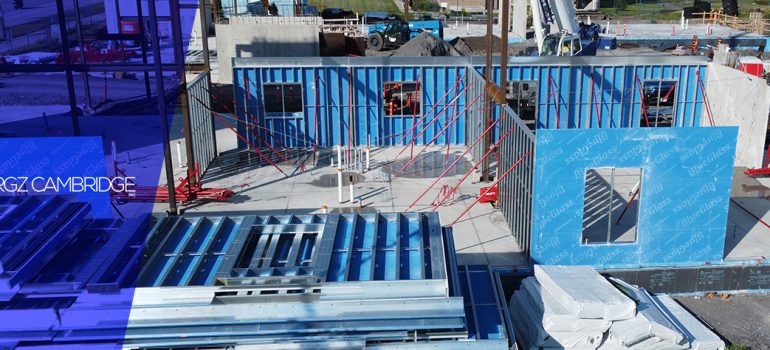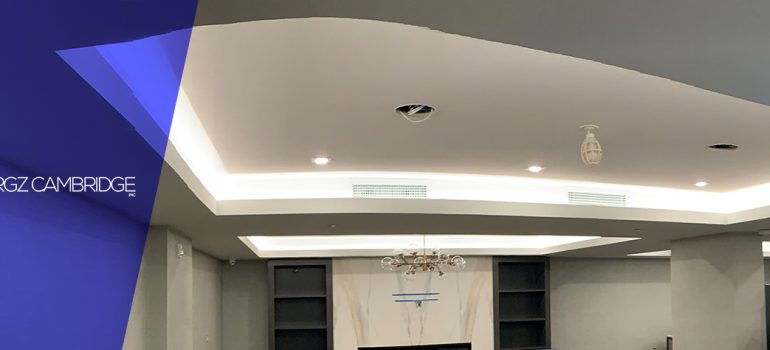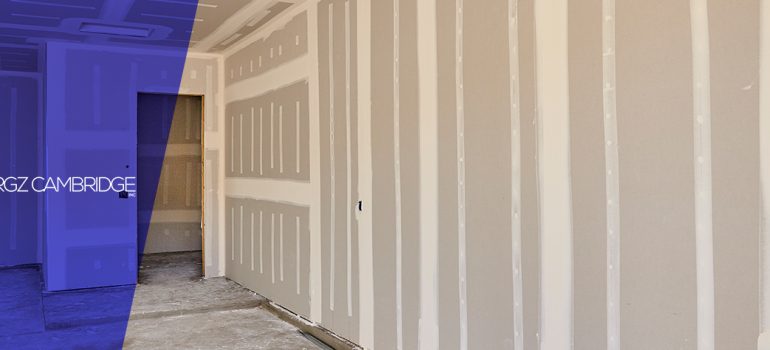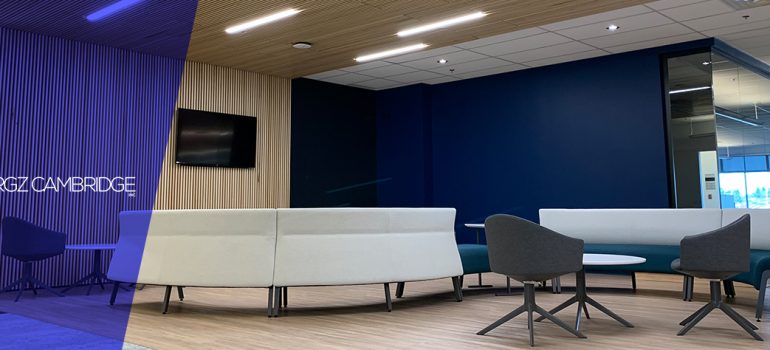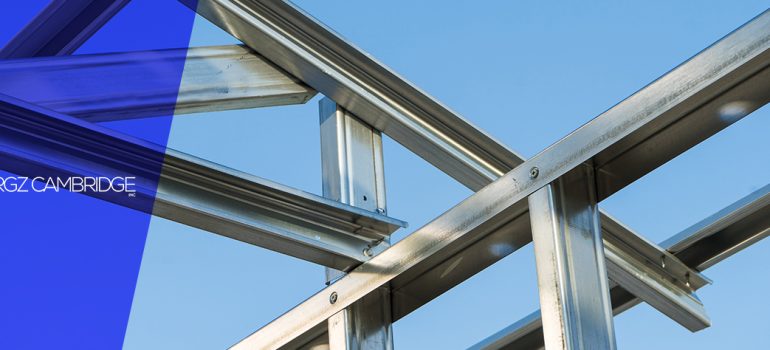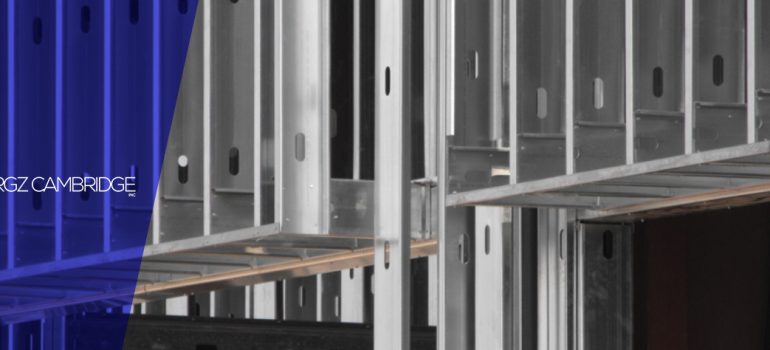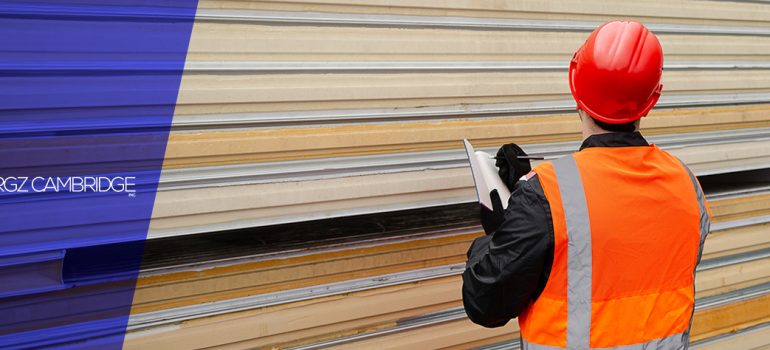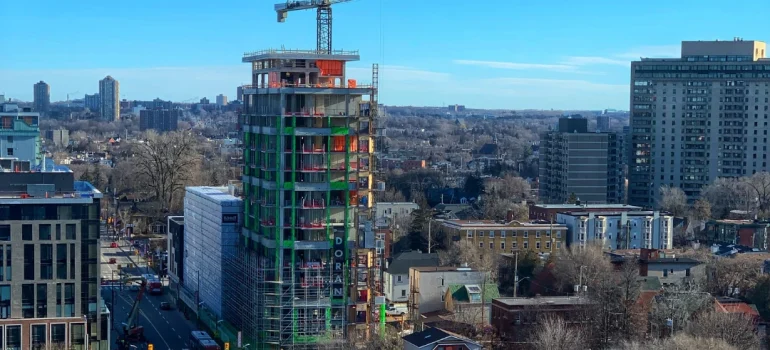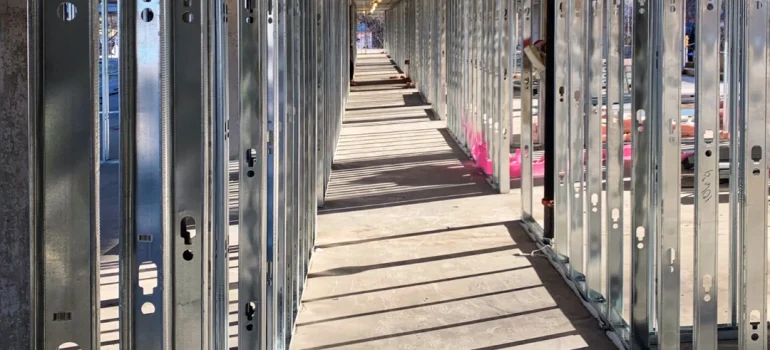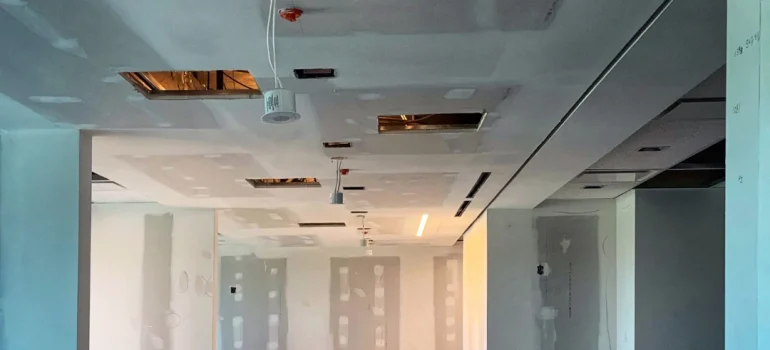Institution Construction: RGZ Cambridge’s Blueprint for Success in Public Sector Projects
Institution Construction goes beyond mere building; it’s about creating spaces that serve public interests and cater to community needs. RGZ Cambridge stands at the intersection of expertise and social responsibility, delivering construction projects that embody reliability, functionality, and aesthetic value. This article delves into the specialized world of institutional construction and how RGZ Cambridge’s seasoned approach turns visions into landmarks.
Building for the Community with RGZ Cambridge
Institutional construction encompasses a wide array of projects, including schools, hospitals, government buildings, and cultural institutions. Each of these structures is pivotal to the community’s fabric and requires a constructor that can navigate the unique challenges they present.
RGZ Cambridge’s Expertise in Institutional Construction
Understanding the Stakes: RGZ Cambridge knows that institutions are more than buildings; they are the pillars of society. Their construction process is imbued with an understanding of the stakes involved.
Meeting Rigorous Standards: Public buildings are subject to rigorous standards. RGZ Cambridge ensures compliance with all regulations, delivering structures that are safe, secure, and accessible.
Incorporating Community Needs: RGZ Cambridge’s approach involves active engagement with community stakeholders to ensure that the final product resonates with the needs and values of those it serves.
Collaborative Approach to Project Management
RGZ Cambridge takes a collaborative route, working closely with architects, engineers, and the client to deliver a project that is timely, within budget, and above expectations. Their integrated project delivery model promotes transparency and accountability.
Advanced Techniques and Sustainable Practices
With a commitment to sustainability, RGZ Cambridge employs advanced building techniques and materials that contribute to the energy efficiency and environmental friendliness of every institution they construct.
Why Trust RGZ Cambridge with Institution Construction?
Proven Track Record: With decades of experience, RGZ Cambridge has a portfolio that includes successful institutional projects with enduring value.
Focused on Durability and Functionality: Their builds are designed to withstand the test of time and cater to high-traffic use, which is typical in institutional settings.
Dedication to Excellence: RGZ Cambridge’s unwavering dedication to excellence ensures that every project reflects their commitment to quality.
Conclusion
RGZ Cambridge’s institutional construction commitment extends beyond service—it’s about shaping society’s infrastructure. Choosing RGZ Cambridge ensures a partnership exceeding expectations for all stakeholders involved.


